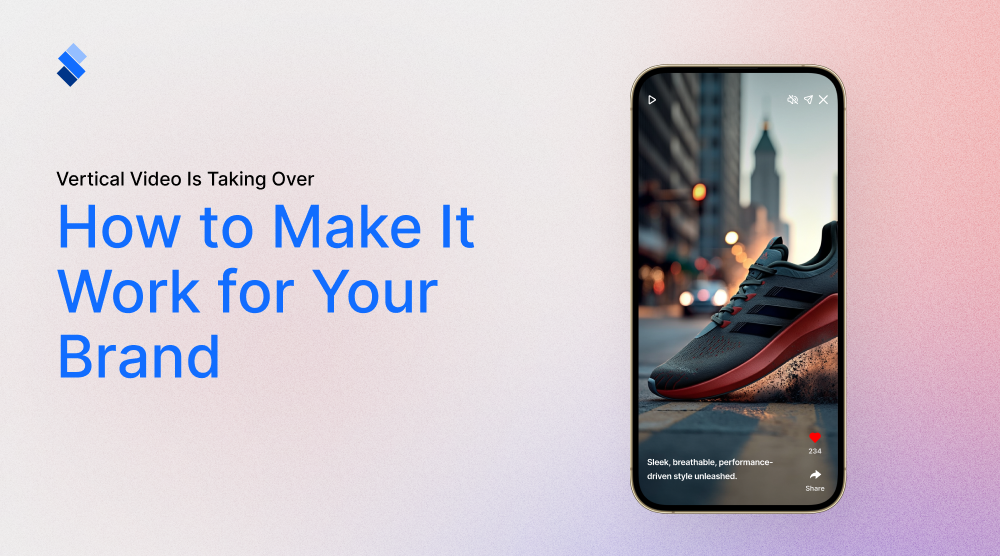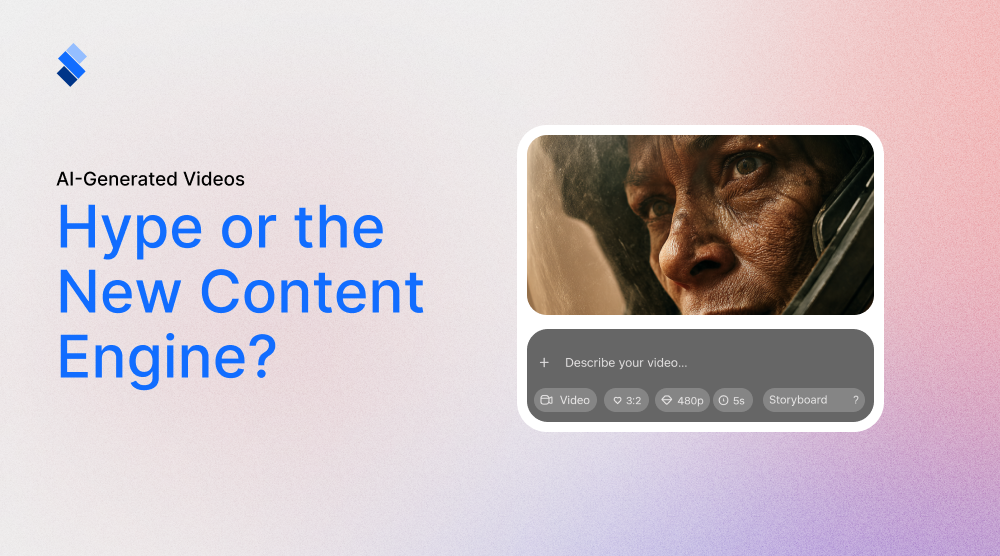VR marketing - is it worth the investment
While VR marketing does sound exciting, you shouldn't rush into investing in it. Like all investments, it requires a bit of understanding.

VR marketing - is it worth the investment?
As a marketing manager, you usually try to stay on top of modern marketing trends. If a new technology or a platform pops up, it is in your best interest to be ahead of the curve and make full use of it while the competition is relatively low. With this in mind, it shouldn't come as much of a surprise that savvy marketing managers are keeping a close eye on VR technology. But, is VR marketing actually viable, and should your orient your efforts to it? This is a complex question that we will try to answer in this article.
Understanding VR marketing
To understand VR marketing we first need to have a firm idea of what virtual reality is. By doing so, we can outline potential instances where marketing can be woven into VR content.

Virtual reality vs augmented reality
People often confuse virtual reality with augmented reality. And while the two do share some similarities, they are essentially different. Virtual reality is a digitally built reality that is created from the ground up. To experience the virtual reality you need to have a VR set. This, at the bare minimum, includes VR goggles. And it can go as far as including a running station and assistance tools.
Augmented reality is a bit of digital reality that is added to our world. For instance, if you view the world through the camera on your phone, and you add a filter, you can consider that augmented reality. This can go from something basic like adding info about dinosaurs in a museum or giving you info about shoes in a store. To full blow augmented reality video games like Pokemon Go and terrifying horror titles.
How will marketing work in VR setting
So, with this in mind, how could marketing work within VR? Well, as it is now, it is hard to tell. One thing that is for sure is that running an ad during a VR experience is a great way to alienate your audience.

Imagine playing a video game that is terribly immersive. Within minutes you are lost within the handcrafted world of the game, losing the border between the real world and the virtual one. You no longer consider the character in the game as someone you control, but as yourself. And just as you start enjoying your experience, and add pops up. Even if it was something you are interested in, you are bound to resent it for taking you're out of the immersion. Now keep in mind that an average VR experience is multiple times more immersive than even the best video games. Therefore, it is fair to say that standard ads simply have no place in the VR world.
Suitable marketing for VR
If your marketing content is going to work in VR, it needs to be carefully woven in. Remember, the person wearing a VR set is experiencing a whole new world. So, instead of pushing your ad into their face, you need to carefully weave it into their experience. The less they notice your add placement, the more effective it is going to be. But, doing so is easier said than done. After all, we all feel a bit of resentment towards ads. This is why utilizing marketing in VR will take a fair bit of research, planning and investment. A good idea is to research gamification and how to use elements of it for VR marketing. But even this requires a fair bit of creativity, as it is not something that is easily done.
Is VR technology ready for marketing?
Let's assume that you have a neat idea for how to market your brand within a VR experience. The question then becomes, should you invest in doing so? Well, to weigh out any investment, you need to consider the pros and the cons. While you can weave a bit of marketing content into a VR experience, you need to ask yourself who will actually see it?
Home VR console - how soon until it is widespread
As it is now, VR headsets are exactly widespread. In 2021, the worldwide sale of VR headsets was at about 6.1 million units. By 2024, this number is likely to surpass 34 million. While this may seem like a lot, keep in mind that in 2021 1.5 billion phones were sold. Therefore, while a lot of VR sets have been sold, they are still far off from being a common household item worldwide.

To make VRs more widespread, technology has to advance. Yes, it would be useful if VR sets became cheaper, as they are now between $300 - $1000 (plus the console that can support them). But, the key factor is for software companies to develop VR experiences. If VR games became more popular we would undoubtedly see more interest in VR marketing.
Should you invest?
With all this in mind, is investing in VR marketing a smart business move? Well, it depends. If you're only starting to develop your brand and are slowly building up your online presence, then no. Quality content-marketing on traditional platforms will yield a much larger audience than VR stands to. Sure, it may develop within a couple of years. But, that is not something you should worry about now.
On the other hand, if you have some extra marketing budget, you can consider doing a bit of research in VR. Your first step should be to find a VR experience that has a natural connection to your brand. Once you do, you can try to intergrade it carefully with the VR content, and have your brand become a part of the experience. Again, it is important to mention that this kind of integration takes a lot of skill, as it can easily be counterproductive for your brand. So, try to do a fair bit of research and testing before you make any actual marketing effort.







